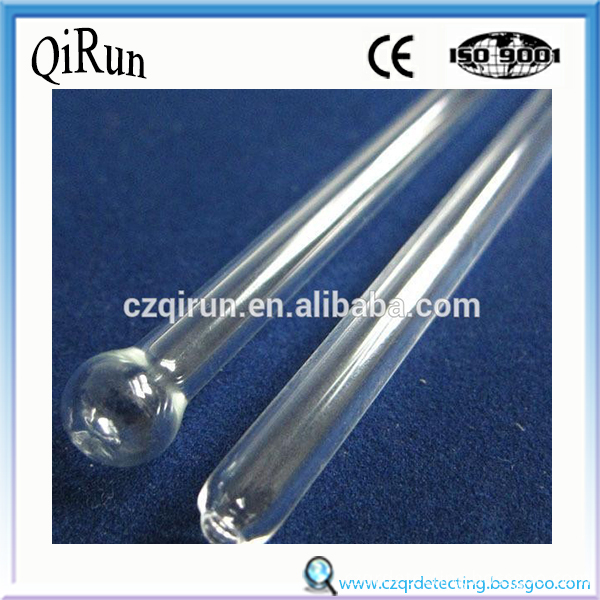 Wang Tianmiao, member of the Expert Committee of China Robot Industry Alliance and director of the Institute of Robotics of Beijing University of Aeronautics and Astronautics at the 2013 China International Robot Exhibition (CIROS2013) and China Robot Industry Promotion Conference, listed four major factors that currently restrict the development of Chinese industrial robots: First, the growth of user market demand must be strong; second, when robot costs are lower than labor costs, there will be a sharp increase in demand; third, the impact of work environment and social service cost factors; and fourth, the robot's process needs. Mature, reliability needs to be enhanced.
Wang Tianmiao, member of the Expert Committee of China Robot Industry Alliance and director of the Institute of Robotics of Beijing University of Aeronautics and Astronautics at the 2013 China International Robot Exhibition (CIROS2013) and China Robot Industry Promotion Conference, listed four major factors that currently restrict the development of Chinese industrial robots: First, the growth of user market demand must be strong; second, when robot costs are lower than labor costs, there will be a sharp increase in demand; third, the impact of work environment and social service cost factors; and fourth, the robot's process needs. Mature, reliability needs to be enhanced. Therefore, Wang Tianmiao said that there are currently four major difficulties in the development of China's industrial robot industry. First, there is a need to focus on complete sets of process and system integrators for industrial robots. The use of industrial robots on the one hand needs to be large-scale. On the other hand, when industrial robots are put into use, it is not a single entity, but must be closely integrated with the manufacturing process of the product to achieve efficiency and effectiveness. Second, the cost, reliability and quality of the robot host are the core of industrial development. Third, the core components are the key. The speed reducer, servo motor and control system are several key components of industrial robots. For some components, China still needs to rely on imports. Fourth, industrial development requires technology and business innovation.
When talking about the future strategic model of China's robotics industry, Wang Tianmiao said that Kuka, ABB, Fanuc, and Yaskawa claim to be the “Four Big Family†of industrial robots, occupying 60% to 80% of the world’s market share, specializing in The production of more than 40 years. Therefore, in competing with these world-class opponents, China needs to encourage the participation of small and medium-sized enterprises and support them in making professional products and supporting services, and seek industrial cooperation where possible. At the same time, it is necessary to cultivate leading enterprises. In addition, if the manufacturing of Chinese industrial robots is to be postponed, it is not possible to simply change the market for technology, but to take the high-end, quality road. When necessary, you may wish to make some profits and increase cooperation with upstream companies. Wang Tianmiao asserted that China is moving toward the industrialization of industrial robots. He suggested that entrepreneurs who are interested in the Chinese robotics industry should seize this opportunity.
It is understood that with the gradual warming up of domestic industrial robots, the country’s relevant supporting policies are also continuously followed up. In 2006, intelligent service robots were included in the national long-term science and technology development program; in 2011, the Ministry of Industry and Information Technology formally released the intelligent manufacturing equipment industry plan; in 2012, the country issued the “12th Five-Year Plan†for the development of service robotics technology. Wang Weiming, deputy director of the Ministry of Industry and Information Technology, said that the next step is to increase support for the robot industry. The state will concentrate its efforts on promoting the core technology of robotics, the R&D and industrialization of key components, and vigorously supporting the standards system, the platform for innovation capabilities, and the construction of major application demonstration projects. At the same time, it will also improve investment and financing policies. Encourage financial capital, venture capital, and private capital to invest in industrial robots. For those companies with advanced technology and obvious advantages, priority should be given to providing credit support, and qualified robotic companies should be encouraged to directly finance capital markets.
Integrating molten iron temperature measurement and sample collecting process together, supported by temperature measuring lance and secondary instrument,The process of measuring molten iron temperature, collecting sample, analyzing spectrum and other analysis for data of elements content that are needed will be finished in a single operation. The operation is more simple and convenient and the data is more reliable. The compound probe is widely used in the iron smelting industry.
Application Function: measurement for oxygen, crystallization for measuring carbon content, measuring low carbon content under the carbon oxygen balance principle,calculation and measurement of acid soluble aluminum


Vacuum Sampler,Liquid Vacuum Sampler,Metal Vacuum Sampler,Vacuum Quartz Tube Sampler
Cangzhou Qirun Detecting Instrument Co., Ltd. , http://www.qrdetecting.com
![<?echo $_SERVER['SERVER_NAME'];?>](/template/twentyseventeen/skin/images/header.jpg)